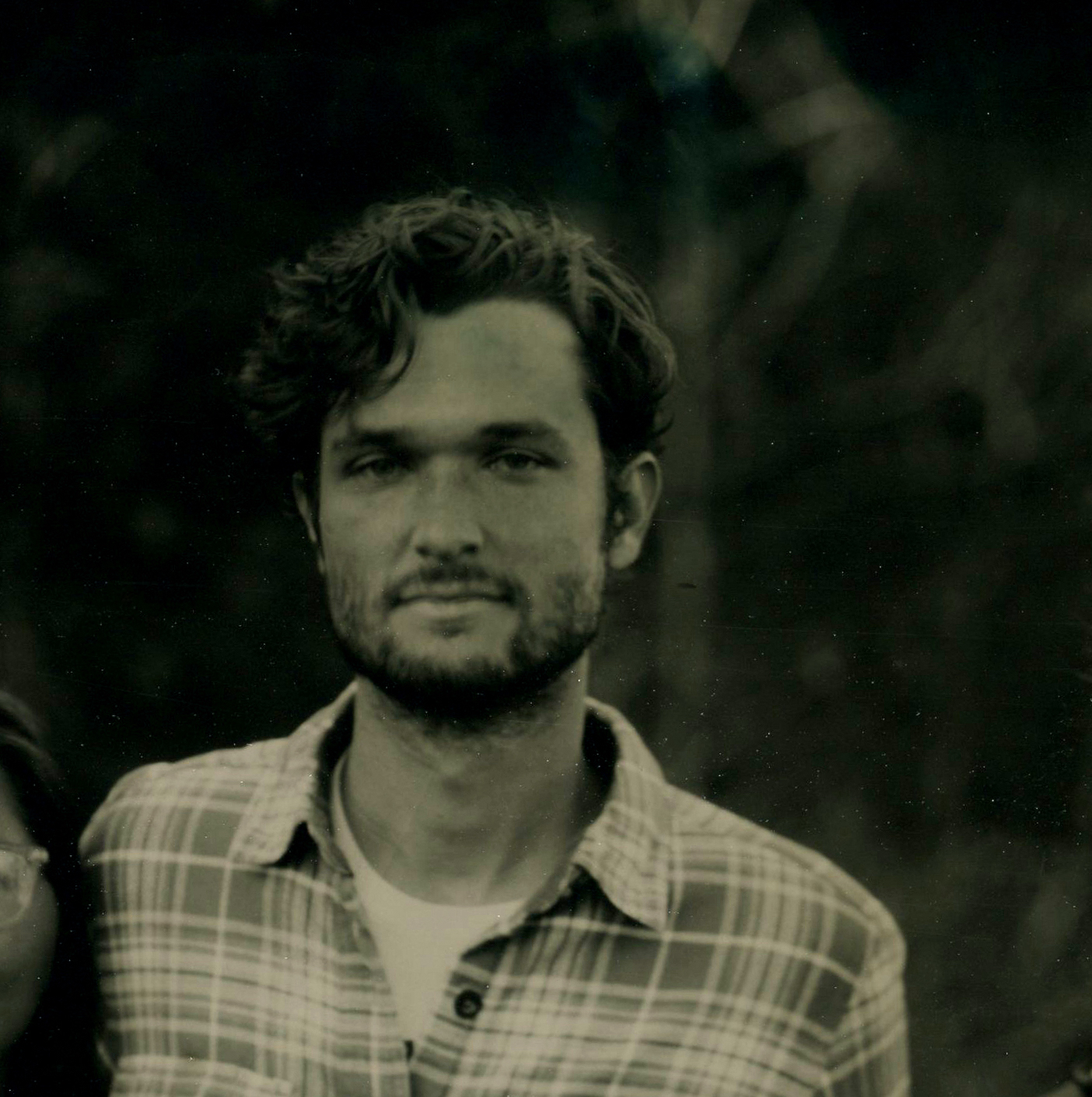The Ecology and Evolution of Behavior
A main component of my research focuses on how interactions between organisms and their environment shape behavioral evolution. Behaviors provide an opportunity to generate and test fundamental ideas about trait evolution, but they also mediate many of the responses of individuals to their environments that shape other important ecological and evolutionary dynamics, such as population growth and persistence. As such, understanding the factors shaping behavioral evolution is important for both basic and applied science.
I have studied a variety of specific topics through this lens, including foraging and antipredator behavior, mate sampling strategies and courtship behaviors, and reproductive timing. Currently, my research in this area centers on understanding how the social environment affects the evolution of female mate sampling behaviors and ornamentation.
Below you can see an example of one eye-catching behavior I’ve studied– the courtship dance of male Schizocosa crassipes wolf spiders! My colleagues and I demonstrated that females choose males based on differences in these courtship dances, but variation in dances among natural populations appears to be unrelated to female choice. How weird! Video credit to Dan Schoenberg.
Selected Publications:
Watts JC, Fitzpatrick CL (In Prep) The evolution of female ornaments in polygyny through competition for males who benefit female survival.
Watts JC, Tenhumberg B (2021) Optimal resource allocation and prolonged dormancy strategies in herbaceous plants. Journal of Ecology 109(1):218-233. pdf
Watts JC, Flynn AF, Tenhumberg B, Hebets EA (2019) Contemporary sexual selection does not explain variation in male display traits among populations. Evolution 73(9):1927-1940. pdf
Watts JC, Jones TC, Herrig A, Miller M, Tehumberg B (2018) Temporal variation in predation risk may explain daily rhythms of foraging behavior in an orb-weaving spider. The American Naturalist 191(1):74-87. pdf
Watts JC, Ross CR, Jones TC (2014) Diel and life-history characteristics of personality: consistency versus flexibility in relation to ecological change. Animal Behaviour 101:43-49. pdf
Higher-level Consequences of Individual Behavior
I am also interested in understanding how individuals’ behaviors “scale up” to affect ecological and evolutionary dynamics at higher levels of biological organization (i.e., populations and communities). In my PhD research, I was especially interested in how the evolution of mate choice behaviors influences evolutionary diversification. More recently, I have been studying how the evolution of mate choice behaviors affects the relationship between population density and the strength of sexual selection. This latter focus on responses to demographic factors directly linked to population growth, such as population density, also provides an opportunity to study how feedback between ecological dynamics and behavioral evolution affects population persistence during rapid environmental change. I am currently developing this line of research further.
Selected Publications:
Watts JC, Hebets EA, Tenhumberg B (2022) Mate sampling determines the density-dependence of sexual selection. The American Naturalist 200(4).pdf
Watts JC, Flynn AF, Tenhumberg B, Hebets EA (2019) Contemporary sexual selection does not explain variation in male display traits among populations. Evolution 73(9):1927-1940. pdf
